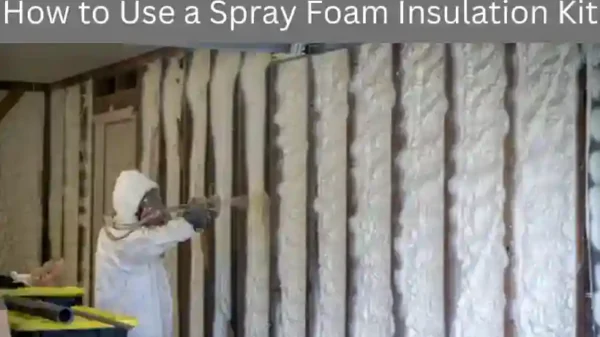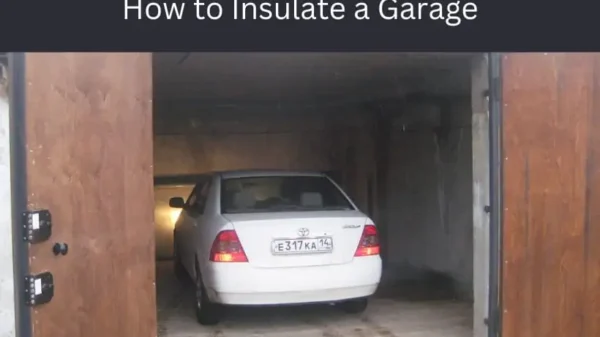Particularly on patios, garages, and driveways, oil-off concrete can be an annoying issue. In addition to being ugly, these stains can shorten the concrete’s lifespan if they are not removed. The good news is that How to Get Oil Off Concrete and your concrete can be returned to its former state with the correct tools and techniques. This tutorial describes tried and true methods for getting rid of oil stains, ranging from easy DIY fixes to high-end solutions.
Understanding Oil Stains on Concrete
Concrete easily absorbs liquids like oil since it is a porous substance. It can be difficult to get rid of the oil once it has entered the small pores, particularly if the stain has been there for a while. Using the right cleaning technique for the stain’s severity and acting quickly are the keys to effectively eliminating oil stains.
Step-by-Step Methods to Remove Oil Stains from Concrete
These are a few tried-and-true techniques for oil removal from concrete. The stain’s age, size, and severity determine which one suits you.
1. Absorb the Excess Oil (Initial Step)
Absorb as much oil as you can before beginning any cleaning technique. By taking this action, the stain is stopped from spreading.
Supplies Required:
- Paper towels
- Baking soda, sawdust, or cat litter
Actions to take:
- Use paper towels to blot the extra oil. To prevent the oil from penetrating the concrete further, avoid rubbing.
- Use an absorbent substance, such as baking soda, sawdust, or cat litter, to cover the discolored area.
- To absorb the oil, leave it for 30 to 60 minutes.
- Remove the material with a vacuum or a sweep.
2. Use Dish Soap and Hot Water (Mild Stains)

Grease and oil may be effectively broken down with dish soap. Light or fresh stains work best with this technique.
Supplies Required:
- Dish soap (ideally one that cuts grease)
- Warm water
- Brush with stiff bristles
Steps:
- Directly apply a thick layer of dish soap on the stain.
- To make a lather, pour hot water over the soap.
- Using a brush with strong bristles, scrub the stain in circular motions.
- If needed, repeat after giving the area a water rinse.
3. Baking Soda and Vinegar (Natural Remedy)
For mild to severe oil stains, this environmentally friendly treatment is effective.
Supplies Required:
- Baking soda
- White vinegar
- A scrub brush
Water Steps:
- To absorb the oil, liberally sprinkle baking soda on top of the oil stain.
- Cover the baking soda with white vinegar. It will begin to bubble, which will aid in lifting the oil.
- To remove the stain, use a brush to scrub the area.
- If necessary, rinse well with water and repeat.
4. Commercial Degreasers (Heavy Stains)
Commercial degreasers are made especially to remove stubborn oil stains from concrete.
Materials Required:
- Oil remover or concrete degreaser
- Brush with stiff bristles
Water Steps:
- Read the product’s application instructions and adhere to them.
- After applying the degreaser to the stain, allow it to sit for the suggested amount of time.
- To remove the oil, scrub the area using a brush that has stiff bristles.
- Make sure to rinse with water to get rid of any remaining residue.
5. Pressure Washing (Large or Set-In Stains)

Deep or pervasive oil stains can be effectively removed using pressure washing.
Supplies Required:
- Pressure washer
Degree (optional) Procedures:
- For best results, apply a degreaser beforehand to the stained area.
- To protect the concrete, start with a low-pressure setting while using the pressure washer to clean the area.
- Rinse well and adjust the pressure as necessary.
6. Poultice Method (Stubborn Stains)
The poultice method is ideal for old, set-in stains that won’t budge with regular cleaning.
Materials Needed:
- Baking soda or powdered laundry detergent
- Water
- Plastic wrap
- Tape
Steps:
- To make a thick paste, combine water and baking soda or detergent.
- Cover the stain with plastic wrap after applying the paste.
- To seal the area, tape down the plastic wrap’s edges.
- To give the paste time to extract the oil, leave it for 24 to 48 hours.
- After removing the bandage, wash the area with water.
7. WD-40 (Quick Fix for Small Stains)
WD-40 can be a quick solution for small, fresh oil stains.
Materials Needed:
- WD-40 spray
- Paper towels
- Water
Steps:
- Directly mist the stain with WD-40.
- Give it five to ten minutes to sit.
- To remove the oil, use paper towels to wipe the area.
- If required, rinse with water and repeat.
Preventing Future Oil Stains
Take into account these precautions to maintain the cleanliness and absence of oil stains on your concrete surfaces:
- The concrete should be sealed. To prevent oil and other substances from soaking through the surface, apply a concrete sealer.
- Use Mats or Drip Pans: To stop leaks, place mats or drip pans underneath machinery or automobiles.
- Clean Spills Right Away: To stop oil from seeping into the concrete, clean up spills as soon as possible.
- Frequent Maintenance: To avoid accumulation and preserve the look of your concrete surfaces, clean them on a regular basis.
When to Call a Professional
It could be time to get expert assistance if the stain is very difficult to remove or covers a sizable region. Professionals can remove even the most stubborn oil stains without causing damage to the concrete thanks to their access to industrial-grade cleansers and tools.
Conclusion
Although removing oil stains from concrete may appear difficult, it is completely doable with the correct methods and supplies. There is a technique to fit your demands, regardless of whether you are dealing with recent accidents or stubborn stains. Your concrete will remain clean, strong, and aesthetically pleasing if you take prompt action and use the right cleaning technique. You can maintain the best-looking concrete surfaces for many years to come with a little work and preventative maintenance.







